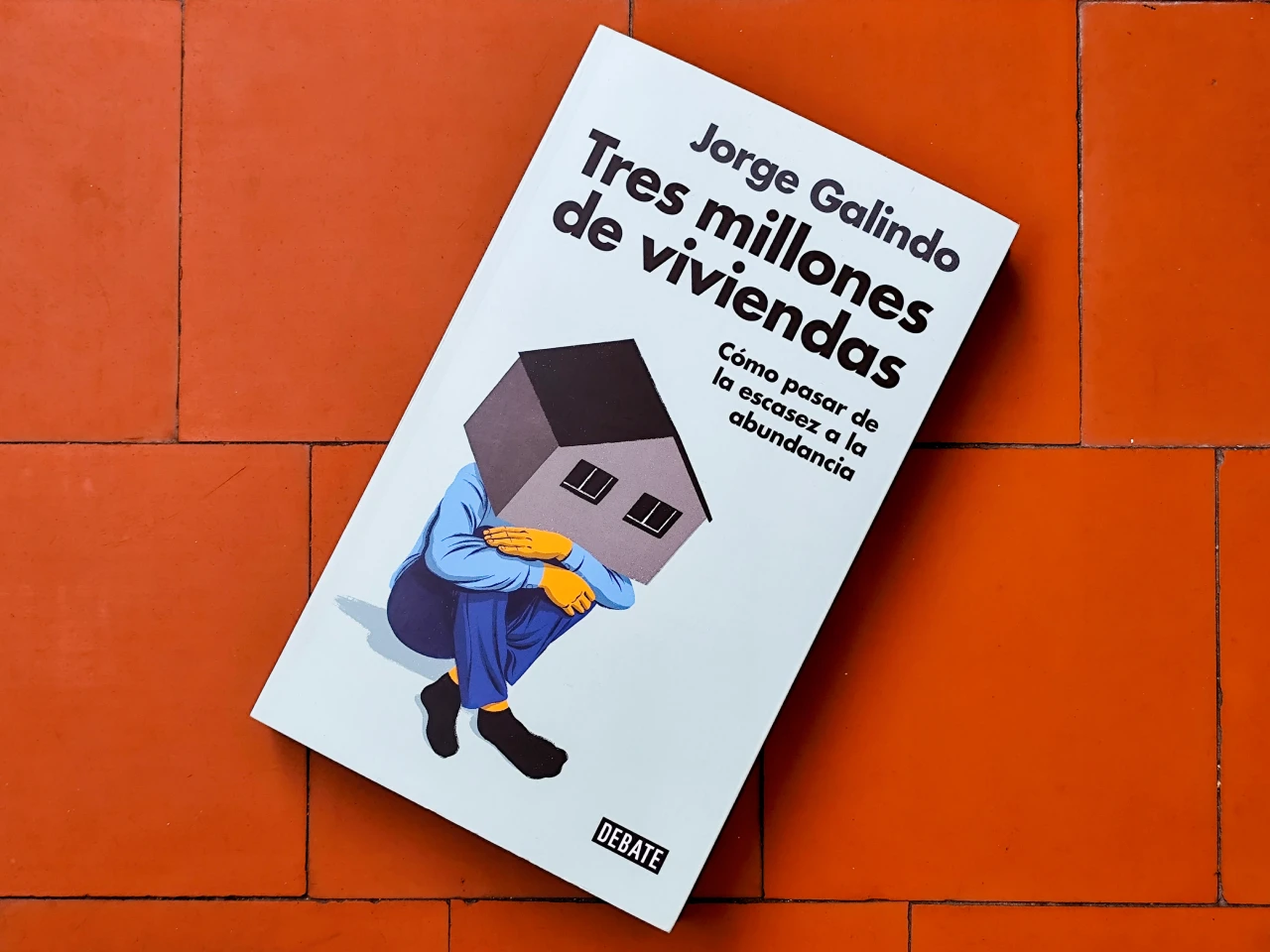
In Spain, we are living through a housing crisis. Rental and sale prices are skyrocketing across the country, and housing has become one of the top concerns for Spaniards, myself included. I’ve just finished reading Tres millones de viviendas, written by EsadeEcPol Deputy Director Jorge Galindo.
If you want to understand the current state of the Spanish real estate market, you should read this book. It offers a sharp diagnosis of the problem, backed by data and institutional analysis. It’s also great to see idealista’s metrics among Galindo’s main sources.
The book traces the historical roots of the imbalance between supply and demand, pointing to a mix of blocked land, permits that take years to be granted, and bureaucratic complexity that hinders both public and private sectors. It highlights the State’s paralysis: limited budgets, labyrinthine regulations, and the NIMBY syndrome (“yes, but not here / not like this / not now”) that protects the interests of current homeowners and slows nearly any project. Galindo also describes a weakened private sector still recovering from the housing bubble and operating under tight credit conditions, and finally, the persistent trauma of 2008, which left many convinced that prices won’t fall even if more housing is built.
The book’s central thesis is clear: the solution lies in the supply side. Specifically, Spain should build three million new homes where they are needed. This figure comes from demographic projections by the Spanish National Statistics Institute and from the latent demand of young adults still living with their parents because they can’t afford to rent or buy. It’s also a deliberate provocation—a bold, memorable claim meant to spark debate.
One of Galindo’s key assumptions is that most people want to live in medium and large cities because that’s where opportunities concentrate. Following the logic of New Economic Geography, he argues that this pattern benefits the country by fostering knowledge, innovation, and productivity in dynamic, well-connected urban cores.
Whether that assumption holds or not is open to debate. Solving a housing crisis is immensely complex, and while economics offers a valuable toolkit for diagnosing problems and proposing solutions, it can’t explain everything. The book outlines a comprehensive plan that includes creating dense, livable neighborhoods where people actually want to live, building a robust system of social housing to ensure affordable homes for new households, streamlining regulations that slow down both public and private construction, activating vacant properties and rehabilitating existing ones, introducing tax incentives for first-time buyers while discouraging speculative accumulation, and designing measures to make home ownership more accessible. It’s a well-grounded program, but I believe standard economics alone may not capture the full picture.
While Galindo does weave politics and sociology into his analysis, I found myself wanting to hear more from other voices: local governments, urban planners, and environmental experts among them. That said, the book strikes a rare balance between analysis, provocation, and practical recommendations, something few essays on housing manage to achieve.
Spain remains an attractive country for tourism, higher education, and remote work. Our real estate is still a bargain compared to other European markets, our postgraduate education is affordable, and our streets are safe. But this combination also puts us at risk: thriving cities could soon become accessible only to a domestic and international elite.
I often think we missed a great opportunity to reshape our urban landscape after COVID. Beyond building more homes, we could have encouraged large companies to promote remote work from medium-sized cities, making better use of our excellent high-speed rail network. The question remains: is it desirable for Spain’s growth to concentrate mainly in Madrid, Barcelona, and more recently, Málaga? Or are we wasting potential by letting congestion and inequality grow unchecked in these urban cores?
In any case, I highly recommend this book but it has made me think a lot on this complex problem. Galindo’s work combines insight and urgency: it provokes thought while calling for action. His book doesn’t just analyze a crisis; it challenges us to imagine a fairer, more livable Spain.